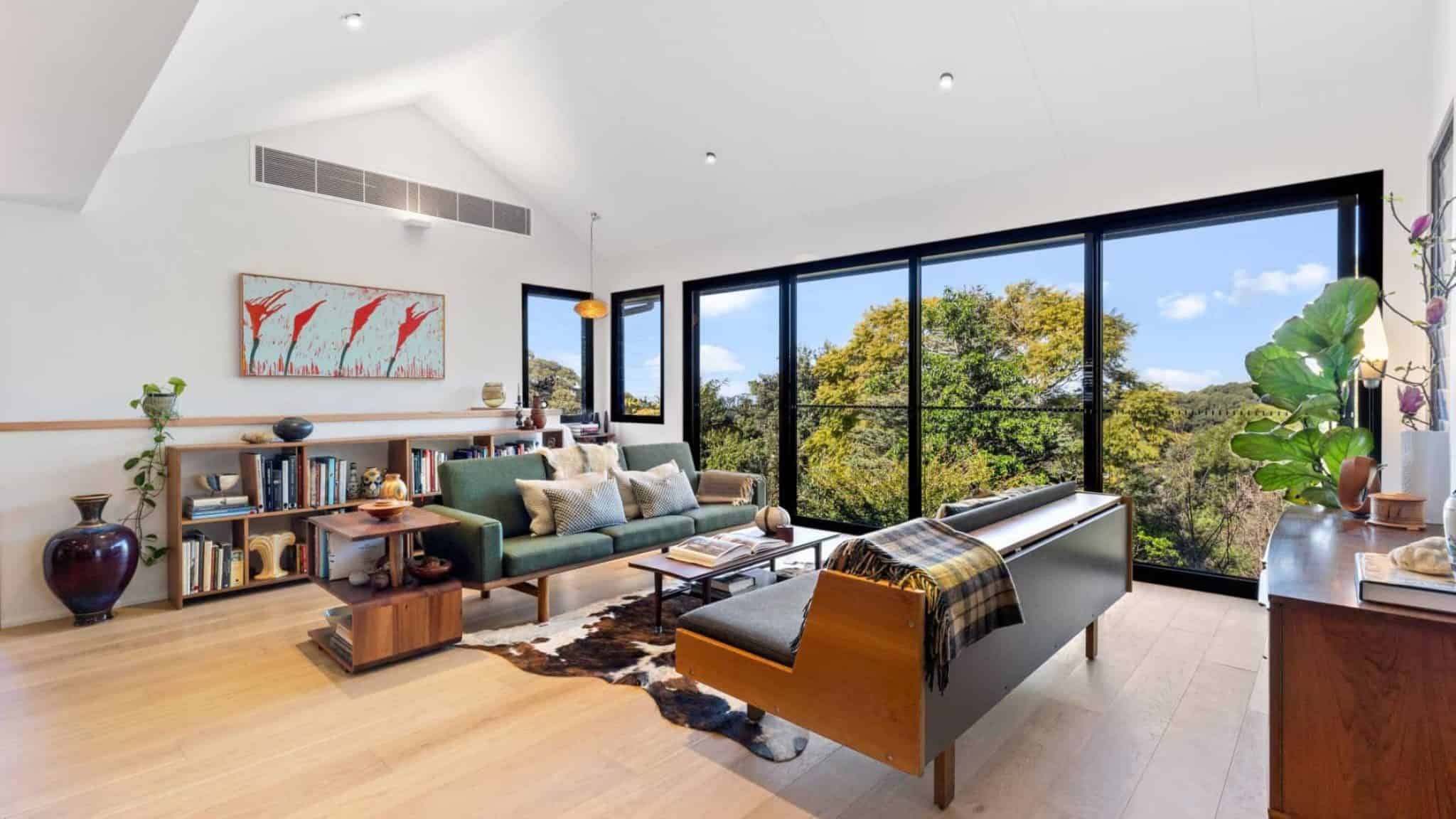Here’s something no one likes to admit, especially not after they’ve already spent thousands on drawings with an architect: Most home designs never make it past the drawing board. And the reason isn’t bad builders, tricky councils, or dreamers with champagne taste and beer budgets.
It’s something far more common and more avoidable.
But before we get to that, let’s talk about how most renovations really go wrong — and what you need to know before you find yourself with a gorgeous set of plans you can’t afford to build.
There are two costly mistakes that kill most renovations:
Mistake #1: Silence Around Budget
What derails most renovations doesn’t look like a mistake at the time. It looks like a design team nodding along, sketching out everything you said you wanted, without anyone asking what it will actually cost to build.
For example, I’ve had clients walk in with a budget in mind, but they’re not honest about it — either with themselves, or with the builder. They say they’ve got $400K when they’ve got $600K. Or they say $600K, but want to add a pool, an extra bathroom, and knock out half the back of the house.
And the design goes ahead anyway. Because no one wants to be the one who says, “That’s not realistic.”
That silence costs you.
Mistake #2: Assuming the Designer and the Builder Are Solving the Same Problem
You’d be surprised how many people come with plans already drawn and no idea what they’ll cost to build.
That’s not a criticism of the client. Or the designer. It’s just the reality of how most projects are set up.
Designers ask, “What do you want?” But they’re not trained to ask, “What’s your site condition? What’s the cost per square metre in your area? How do bushfire ratings or engineering constraints impact your materials?”
Builders ask those questions. And if we’re not in the room early (checking scope, questioning assumptions, pressure-testing every choice) it’s only a matter of time before the numbers and the design drift too far apart.
Unless the builder and the designer are working in sync from the start, you’re not designing a home you can build. You’re designing one you’ll have to scale back, redraw, or abandon entirely.
The Simple Structure That Keeps Renovations on Track
A successful renovation doesn’t happen by accident. It happens because the design, the budget, and the build stay connected from start to finish.
Here’s how it should be done:
Step 1: Start With a Concept Design Agreement
Get something down on paper that reflects what you can afford. Not everything you could possibly want.
If the numbers don’t line up, better to find out early — before you waste time, energy, and money on something that was never realistic.
Step 2: Dig Into the Preliminary Building Agreement
Before you start drawing final plans, you need to know where the risks are: Bushfire ratings. Flood zones. Council overlays. Site access. Soil classifications.
Any one of them can blow out your budget if you don’t catch it early.
To give you some context, we worked with an architect on a bushfire zone project where the original design would have doubled the budget. It didn’t mean giving up. It meant finding smarter solutions to stay on track.
Step 3: Demand a Final Quote That Reflects Reality
When the final quote lands, you should already know what it’s going to be. Every major decision, every adjustment, every site constraint should all be built into the final quote.
If you’ve been asking the right questions along the way, the final number won’t come as a shock. It’ll be exactly what you expect.
Bottom Line: If You Want Your Home To Get Built You Have To Start With Reality, Not Wishful Thinking
That means:
Real budgets.
Real conversations.
And real checks at every step.
Because a good design isn’t enough.
It has to be a design you can actually build. Otherwise, you’re left with nothing but a beautiful set of plans — folded and filed away under “maybe someday.”
If you want a sharper edge on your planning (and want to avoid the mistakes that derail most renovations) we’ve put together a free guide that walks you through it:
5 Mistakes People Make When Planning a Major Home Renovation
It’s a quick read, packed with the hard-won lessons that save people time, money, and a lot of regret. (If you’re serious about building, you can’t afford to not know them).


